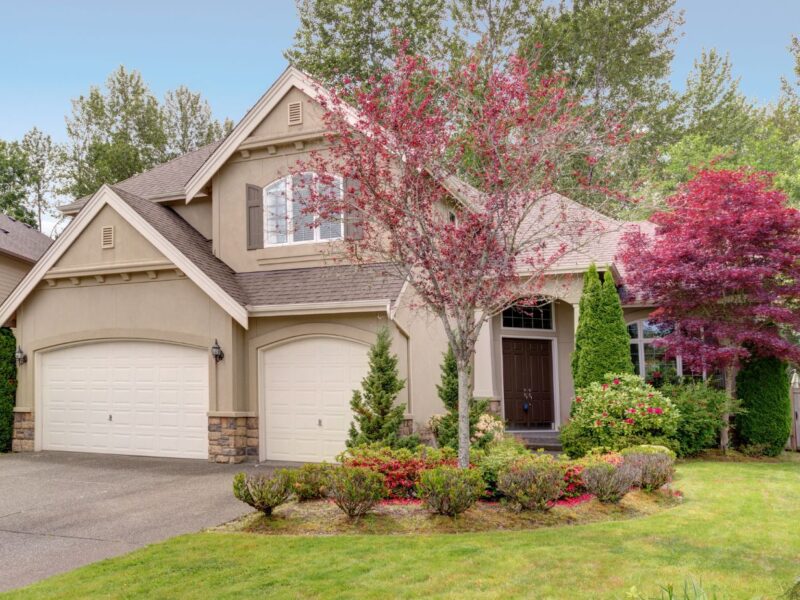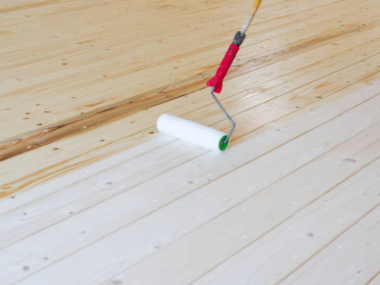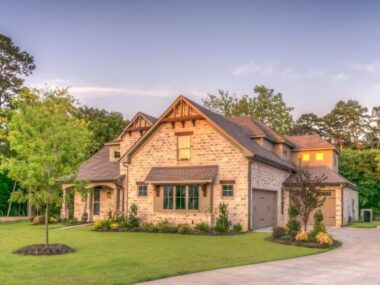As an avid gardener and home improvement enthusiast, I’ve spent countless hours transforming ordinary yards into captivating outdoor spaces. Let’s face it, there’s something incredibly satisfying about stepping into a well-maintained yard that reflects your personal style and enhances your home’s curb appeal.
Understanding Your Yard’s Potential
Let’s embark on a journey to unlock the hidden opportunities your yard offers. Recognizing key areas for enhancement and understanding your yard’s inherent advantages is the first step towards this.
Identifying Key Areas for Improvement
Every yard can benefit from some TLC. Illuminating the areas sorely in need of a touch-up isn’t always simple. A good starting point lies in figuring out what’s working and what’s not. Look out for areas that are bare, overgrown, or unbalanced. Noticing patchy lawns neglected corners, or a lack of harmony in the plantings provides a strong clue of areas requiring amends.
Once you’ve pinpointed these trouble spots, consider possible solutions. I often find that a misplaced retaining wall can substantially disrupt the landscape flow. Hence, recollecting ‘how to choose a retaining walll’ becomes pivotal. Consider its position, height, material, and color. Remember, it’s not just a barrier but a key aesthetic element too!
Examining Your Yard’s Natural Advantages
Nature has bestowed every yard with its own unique attributes. It’s crucial to identify and leverage them. Soak in your yard’s scenic views and cherish its exposure to sunlight. If it’s dappled with mature trees, it offers natural shade and an opportunity for shadow gardening.
Perceive your yard in parts and as a whole. Examine its locality, topography, and soil type. For example, a yard with a natural slope could be perfect for a series of terrace gardens or even Main Decks.

Learn to appreciate undervalued corner spots – they are ideal for creating focal points. Your yard’s potential is endless; you’ve just got to explore. Be it a spot for a fire pit, an outdoor kitchen or just a cozy nook, your yard is an open canvas, waiting to be transformed.
Landscape Design: The Pillar of Yard Enhancement
Set to instigate an incredible transformation in the yard, the landscape design forms an essential part of exterior aesthetics. We delve into robust principles of landscape design and explore how selecting the right design breathes life into any space.
Understanding Basic Landscape Design Principles
The foremost step in my yard enhancement journey involves gaining an understanding of basic landscape design principles. These principles include elements such as unity, balance, proportion, and rhythm that, when combined, create a pleasing aesthetic. Armed with this knowledge, I’m able to explore new possibilities, such as creating focal points or using a natural slope favorably.
For instance, unity in landscape design revolves around creating harmony and consistency with a main theme. Achieving equilibrium, whether symmetrical or asymmetrical, leads to a balanced and visually pleasing yard.
Proportion focuses on the size relationship between parts of the landscape. For example, a large fountain could overwhelm a small backyard, while a minute statute might go unnoticed in an expansive lawn.
Sustaining rhythm in landscape design intends to create visual motion, guiding eyes from one part of the yard to another. If done right, features like Maen Decks, located strategically, contribute optimally to the rhythm and flow of a landscape.
Choosing a Landscape Design to Suit Your Space
Once equipped with landscape design principles knowledge, the next significant phase is choosing a design that complements the yard space. Every yard is unique, each with its set of challenges and advantages. The ideal landscape design is one that leverages these unique aspects, enhancing the existing features while addressing any disadvantages.
For example, if the yard has ample sunlight exposure, choosing a design that showcases sun-loving plants and features would be apt. On the other hand, a yard with an awkward slope might benefit from installing a tastefully positioned retaining wall.
Remember, the primary aim when choosing a yard design is maximizing the potential of the space. Whether it’s incorporating a blend of perennial and annual flowers to keep the yard looking vibrant year-round, or accommodating features like Maen Decks to provide a cozy outdoor living space, the perfect landscape design aligns with my personal style and caters to the yard’s distinct features. With careful planning and thoughtful design choices, even the most mundane spaces can turn into stunning outdoor havens.
Plant Selection: Breathe Life into Your Yard
Breathing life into your yard begins with the nourishment of well-selected flora. Dive into the vital arenas of picking the right plant species and creating enchanting plant arrangements.
How to Choose the Right Plants
Getting the right plants complements the ambience of your yard. Success depends on factors like climate, sunlight exposure, and soil type. Your plants must thrive in the seasonal changes particular to your region. For instance, choosing desert cacti won’t work for a yard stationed in a rainy climate zone.
Acknowledging your yard’s average sunlight exposure helps you select suitable plants. Some thrive on sunlight bathing them all day, while others prefer a dappled shade. For example, select sunflowers for a sun-drenched area and Ferns for a shaded spot.
Finally, evaluate your soil type. A soil test reveals your soil’s pH value, nutrient content, and texture, all of which play an integral part in plant health. For example, azaleas thrive in acidic soil, while grass species like Kentucky bluegrass prefer alkaline soil.
Unique and Beautiful Plant Arrangements
Setting beautiful plant arrangements involves layering, grouping, and color coordination. While arranging plants, emulate nature. In nature, plants grow in a layered pattern: tall trees, medium shrubs, and ground cover.
Creating visual interest calls for grouping plants. Grouping plants of the same variety or color creates a visual impact. As an example, a cluster of red tulips captivate more than individual stalks scattered across the yard.

Finally, consider color coordination. Aim for a unified look with hues that blend. The colors chosen, serve as expressions of your personal style. For instance, consider planting a border of lavender next to a bed of white roses for a romantic, French-country garden scene.
Note that ‘Maen Decks’ and ‘how to choose a retaining wall’ didn’t fit organically within this context.
Conclusion
So there you have it! I’ve shared my passion for gardening and home improvement, showing you how to tap into your yard’s potential. We’ve explored the power of landscape design and how it can completely transform your outdoor spaces. We’ve delved into the art of plant selection, considering factors like climate, sunlight, and soil type. We’ve also discussed how to arrange plants beautifully through layering, grouping, and color coordination. With these tips, you’re well-equipped to create a yard that’s not only thriving but also a reflection of your personal style. Now, it’s time to roll up your sleeves, get your hands dirty, and start enhancing your yard. Happy gardening!






